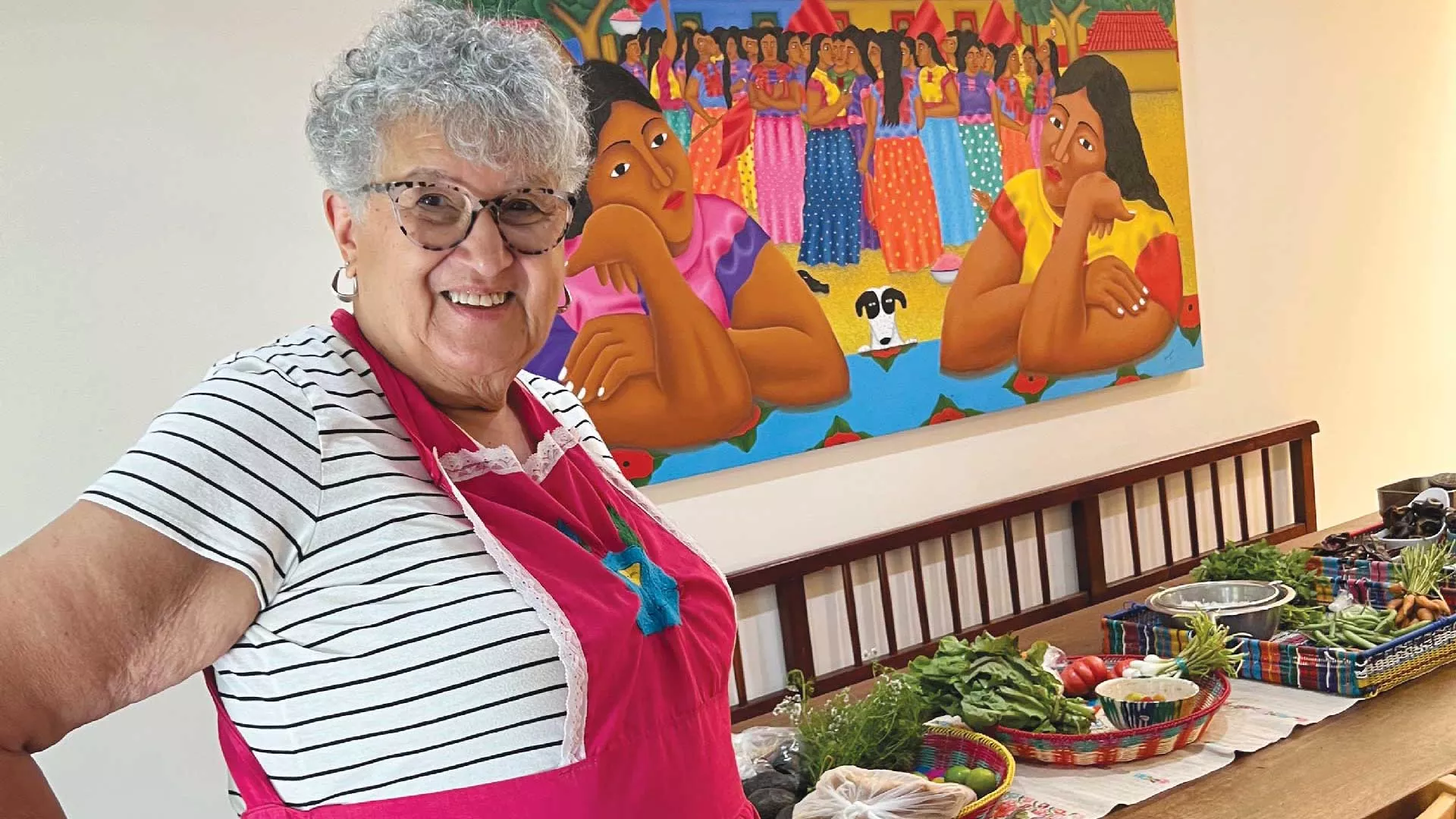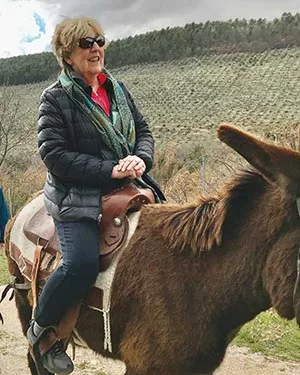
Lee Ann Prielipp has tasted wine with vintners in Tuscany, enjoyed seafood stew on a coastal farm in Chile, and learned to grow artichokes and bake bread in a traditional outdoor oven along the Nile.
But one of her favorite travel moments was simply sharing a family meal with a grandmother in Portugal.
“I don’t think she understood much English, but she kept my glass of wine full as we talked with the three generations of her family, who were our host,” Prielipp recalls.
“As we left, she hugged me. When I asked her if she’d like to go with us, knowing she probably didn’t understand, she looked at me for a moment, and said yes.”
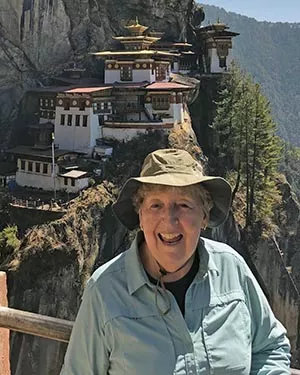
Prielipp, who is a former reading specialist and English teacher from Federal Way, Wash., has been traveling and learning since she retired, in 2001. These moments of connection, she says, are what she seeks on her many journeys.
Prielipp is among the thousands of retired educators who participate in educational tourism each year. A growing trend, these tours offer far more than daiquiris on a beach. Travelers learn about local history, customs, culture, and cuisine, among other enriching experiences.
They may visit Newfoundland to explore the fish hatcheries and geology, tour the coast of Antarctica to spot penguins, visit Scandinavia to learn about fjords and see the northern lights, or trod across U.S. Civil War battlefields.
“Everything we do is focused on educating our participants through cultural immersion and experiential travel,” says Kelsey Knoedler, of Road Scholar, the educational travel nonprofit formerly known as Elderhostel.
“Our programs are all about learning,” she explains. “If you’re looking more for a beach vacation where you can … read books all day or go on shopping sprees, this isn’t for you.”
“I hope we make an impression that we are interested in [other cultures] and respect their way of life.”
—Lee Ann Prielipp, retired English teacher, Washington
Prielipp, who travels with Grand Circle Travel and its affiliate, Overseas Adventure Travel, experienced this deeper learning in France’s Basque country, where she gained a better understanding of the region’s decades-long movement to be independent from Spain and France.
One of her most challenging experiences, however, was visiting a cafe in Agra, India, run by women who had been victims of acid attacks.
“They showed resilience and were survivors, not victims,” Prielipp says. “A true lesson in overcoming economic and psychological hardships.”
Prielipp revels in the connections she makes with local people and in learning about their history.
“We become ambassadors, too,” she says. “I hope we make an impression that we are interested in them and respect their way of life.”
Native art and Black history
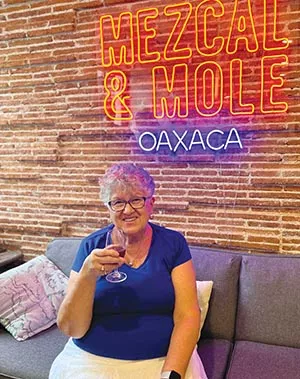
“Grasshoppers,” says Pat Shepard, with a slight shiver, as she recalls the crunchy guacamole topping in Oaxaca City, Mexico. “I wanted to at least try them because that’s the purpose of trips like this—to experience new things. And they weren’t bad, … sort of tasted like grass.”
During her career as a middle and high school Spanish teacher in Lincoln, Neb., Shepard worked to cultivate her students’ interest in other cultures. She introduced them to Spanish-speaking cultures and chaperoned student trips to Mexico, Puerto Rico, and Spain.
Today, the student trips are behind her, but educational travel continues to nurture her curiosity about the world.
Her grasshopper experiment took place on a trip with Adventure Mindfully, which arranged for her group to stay in a small, eco-friendly hotel that supports educational programs for local children and adults.
The group visited local weavers and a home-based mezcal distillery as well as Native art museums and the archaeological ruins of Monte Albán, dating back to 500 B.C.
“There is a misconception that Mexico is such a dangerous place,” Shepard reflects. “These people were so kind to us and just wanted to show us their culture.”
“We have been educators all our lives, so we are learners and very teachable.”
—Pat Shepard, retired Spanish teacher, Nebraska
This summer, she made plans to take a Black history tour of Kansas with the Osher Lifelong Learning Institute. The trip includes a tribute to the Buffalo Soldiers, in Leavenworth, and a visit to the infamous Monroe School, in Topeka, where the landmark Brown v. Board of Education Supreme Court case was born.
“We have been educators all our lives, so we are learners and very teachable,” Shepard says.
Monet and the Passion Play
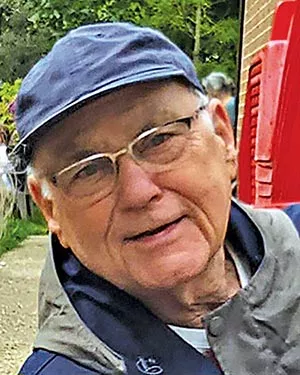
Some retired educators, like Gary Milby, are their own travel guides. A former language arts teacher in Blackwood, N.J., Milby used to arrange student trips abroad.
When he retired in 1997, he didn’t stop traveling—or planning! For more than a decade, he has been arranging trips for members of his local, the Camden County Retirees’ Education Association.
He wanted to travel with a group and hoped the trips would grow membership and connections among retirees.
“It’s a lot more work than using one of the firms that plans these trips, but you can customize it to what you want,” he says.
The group has traveled within the U.S.; farther afield to Claude Monet’s famous home and garden in Giverny, France; and to the Oberammergau region of Germany to attend its internationally known Passion Play. Performed every 10 years since the 1600s, the play features a cast and crew of more than 2,000 residents.
Wildlife and warfare
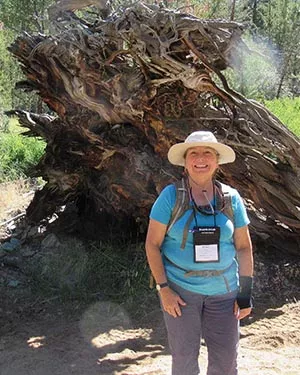
“In this age of internet and smart technology, it is easy to access photographs and stories about nearly every place on the planet,” says Maureen Poschman of Smithsonian Journeys.
“Educational travel is an opportunity to go beyond simply scratching the surface and delve deeper by experiencing a culture in an authentic way,” she adds.
For some retirees, like former elementary music teacher Kristi Keast, these rich learning experiences can be found in nature.
She recalls a Road Scholar trip to Newfoundland as one of her most memorable adventures.
“A lot of it was outdoors, and as we walked, we had geologists, botanists, wildlife workers, rangers, and historians join us at different times,” Keast says. “And there’s always a reading list to learn about the area in advance.”
Along the way, she explored Newfoundland’s history and archeology as well as the fishing industry, local wildlife, and the science of the ocean.
“There is so much stimulating information,” says Keast, who lives in Mount Vernon, Iowa. “So much to do while you are there, and so much to remember.”
“It keeps us active physically and mentally, and often results in connections that continue after the trip.”
—Anne Cancelmo, former special education teacher and counselor, New Jersey
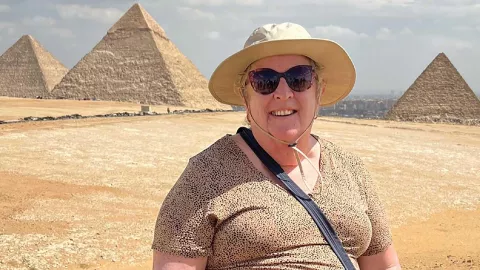
Linwood, N.J., retiree Anne Cancelmo found stimulation in an immersive trip to the Middle East, where she saw some of the oldest structures created by humans.
She also traveled to Croatia, where her group spent time with a family who was forced to flee the country in the 1990s, during the Croation War of Independence. After seven years away, they returned to rebuild.

Cancelmo, who was a special education teacher, consultant, and school counselor, was also fascinated by the music and food in Cuba and loved going on safari in Kenya and Tanzania.
“It keeps us active physically and mentally, and often results in connections that continue after the trip,” she says. And she notes that tours are available in a range of lengths and costs.
“You want to have these experiences as you get older. You just have to put your mind to it and do it.”
Find the Learning Vacation That’s Right for You
Have the travel bug, but don’t know how to get started? Here are some tips from Brian Hoyt, of EF Education First, which is known for its student trips and offers adult travel through EF Go Ahead Tours.
Do your homework.
Carefully research the planners and know their policies about safety and unforeseen problems. Study costs, including unexpected fees, and whether airfare and other transportation is included.
Consider the size of the group. Some experts say 12–16 people is about right, because fewer can be too cozy and more can become cumbersome.
Look closely at the itinerary.
Understand the rigor of the trip and the expertise of the guides and experts. Think through time of day for popular locations: Early morning and late afternoon are quieter and cooler, and timed tickets for indoor tours or museums are a good way to escape the midday heat.
Consider taking frequent stops for small meals, since eating or drinking are often the best way to experience a culture. Investigate travel insurance as well as international communication options such as WhatsApp or Google Voice.
Find a comfortable price.
Each tour provider offers trips at varying lengths and price points. Educational tourism can include a short jaunt within the U.S. or a monthlong journey to a far-flung destination. Prices can range from about $2,000 to $12,000 and up.
Think about your health.
Plan ahead for your medical needs. Consider bringing medications for digestive discomfort; pack extra prescription medicines in case your trip is unexpectedly delayed; and consider what you will do if you or a travel companion contracts COVID-19 or another ailment while traveling. And be sure to take time out for rest during your travels.
Pack thoughtfully.
Take less clothing and bring small packets of laundry detergent to handwash as you go, if needed. Pack sunscreen, an umbrella, a phone charger, and a reusable water bottle (many countries don’t offer water for sale or potable water as readily as in the U.S.).

